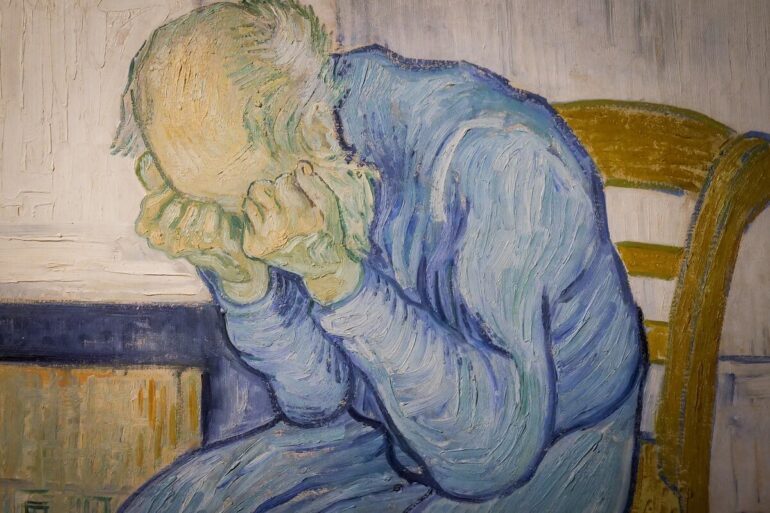One of the all-time greats comes to Palazzo Bonaparte
From October 8th to March 26th (extended till May 7th), in the stunning context of Palazzo Bonaparte, Van Gogh’s iconic work of art finds its perfect location in the heart of the Eternal City, surrounded by exquisite frescos and marble statues.
The exhibition gathers fifty masterpieces coming from the prestigious Kröller-Müller Museum of Otterlo which owns the second largest collection of the Dutch artist. Van Gogh’s enthusiasts in Italy couldn’t miss this opportunity: it is reported that Arthemisia, the Italian organizing agency, has already registered more than 70.000 booking requests.
The Roman event certainly proves to be worthy of its early success. Not only does it display Van Vogh’s remarkable paintings, masterfully arranged on two vast floors, divided by geographical stages, but it also shares with its visitors a recollection of letters, personal statements, period photographs, engaging spectators through sounds and music, interactive stations and immersive installations.
Despite his artistic activity spanned barely over ten years, Van Gogh’s legacy is vast and it includes several painting styles and multiple colour palettes. One of the major differences we can envisage walking through the exhibition is the move from the dark shades of Van Gogh’s early paintings such as “The potato eaters” to the vibrant colour combinations and thicker brushes of the Parisian phase. At Palazzo Bonaparte, visitors can fully admire the polyhedric genius of Van Gogh through its canvases and drawings, understanding his troubled artistic and life journey.
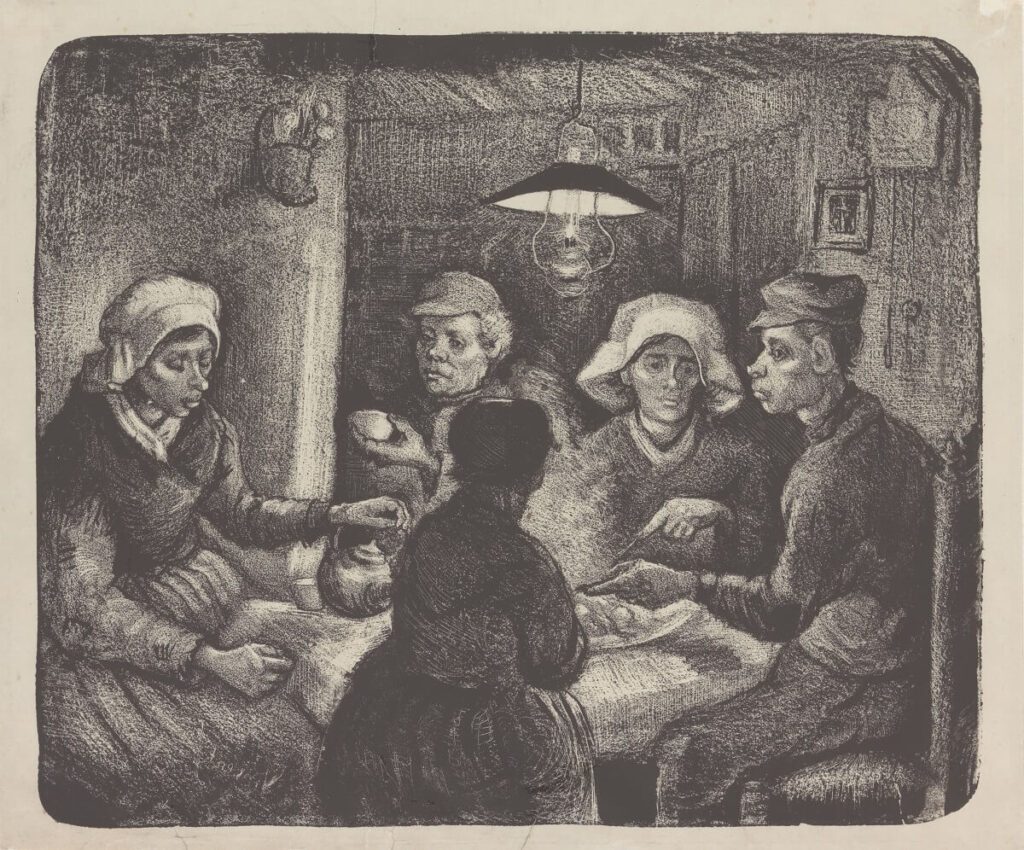
Van Gogh and the art of the portrait
During his time in Paris, Van Gogh had the opportunity to get exposed to different artistic styles and to develop his own, deepening his talent and confidence in portraiture. It is interesting to note that twenty-fifth out of forty portraits were produced in the French capital. The self-portrait displayed in Rome, dated 1887, comes from Van Gogh’s Parisian phase as well. On this much celebrated canvas, whose dimensions are relatively small-scale compared to other paintings, the artist captures himself with an unusual proud gaze, staring at the viewers. Here, a few colours chosen according to the principle of complementarity create a harmony between the orange tones of the beard and the azure blue of the tie while the colours of the background combine with those of the painter.
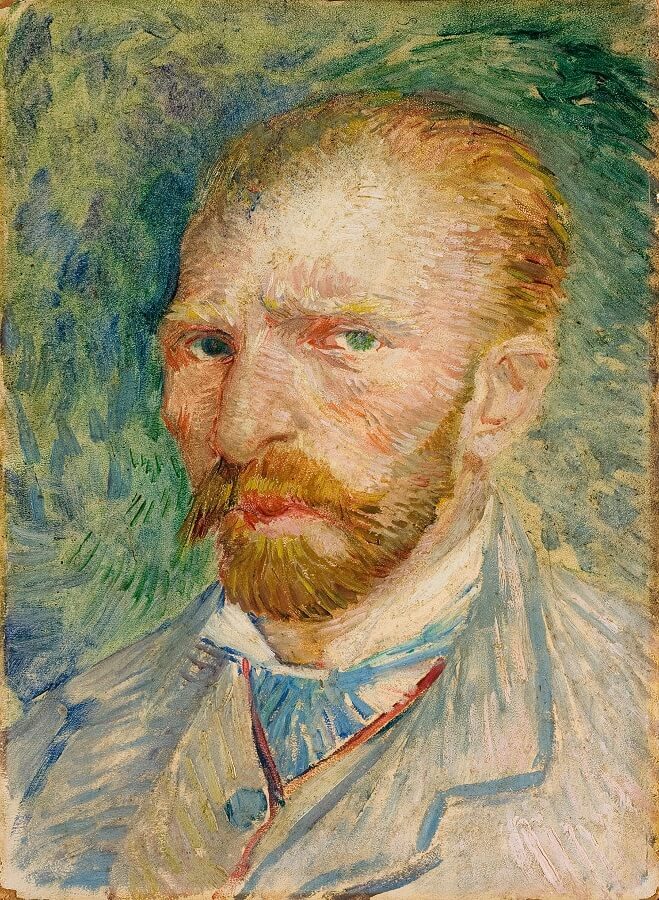
Another portrait not to miss is the painting depicting Van Gogh’s friend, Paul-Eugène Milliet, the second lieutenant in the third regiment of the Zouaves. Other portraits include the “Head of a woman with white cap” from 1884-85, “Portrait of a young woman” from 1890, and the unsettling paintings of the “Sorrowing old man” from his latest troubled years and the “Old man suffering”.
“I feel a power in me that I must develop, a fire that not put out but must fan, although I don’t know where it will lead me”

Netherland
Not to be missed:
- Besides Van Gogh’s original masterpieces, the exhibition is borrowing from the Kröller-Müller Museum some valuable artwork such as the “Portrait of a young woman” by Picasso, “In the café” by August Renoir and “Atiti” by Paul Gauguin.
- Throughout the exhibition you can find five interactive stations where you can experience the painter’s artistic evolution. From his drawing style to the colour palette, visitors have the chance to get closer to Van Gogh’s inner world. Check out Van Gogh’s favourite colours and how they improved through the years!
- Finally, enjoy a full immersion into a unique multidisciplinary installation inspired by Van Gogh’s painting “The starry night”. Soothing tunes, the interplay of lights, reflections and movements contribute to a magical atmosphere.
“I often think that the night is even more richly coloured than the day…but the sight of the stars always makes me dream.”
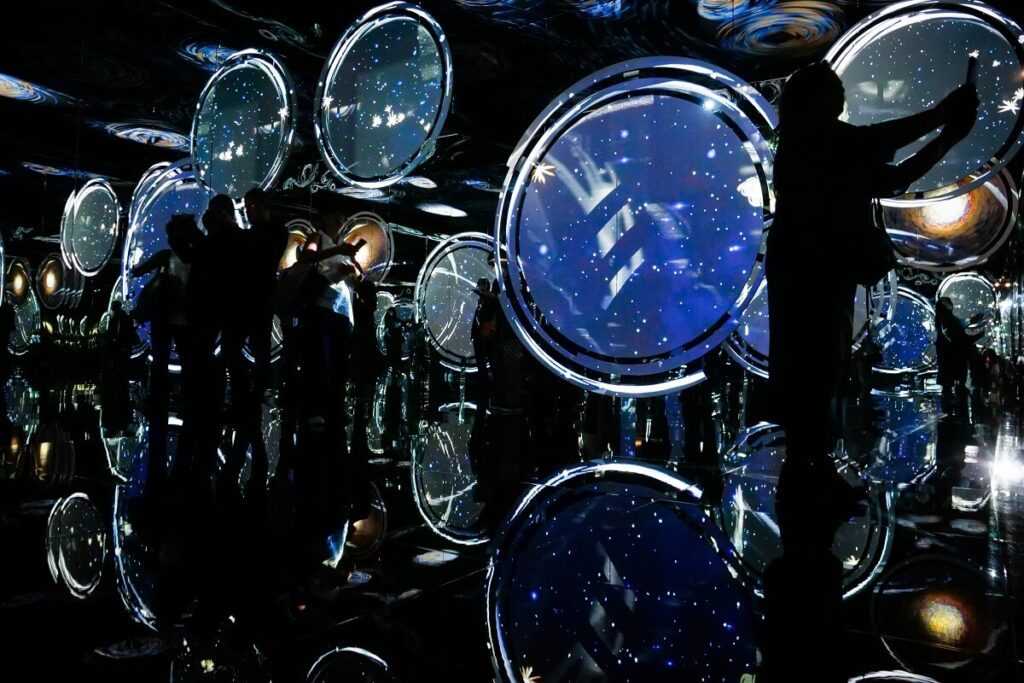
Van Vogh’s eternal fascination
We can say without hesitation that the work of the iconic Dutch painter fits perfectly in the framework of the Italian capital.
We know that, surprisingly or not, contemporary art critics didn’t appreciate Van Gogh’s talent and Vincent didn’t sell a single painting throughout his life. Still, undeniably, his style is timeless, able to investigate the human soul to reveal pain and beauty using colour as a universal communication tool. In short, Van Gogh’s art is as eternal as Rome’s historical appeal.
Through the years, Van Vogh’s collections have toured the world, fostering a deep reflection on the idea of art and mental health.
The painter was known for his use of complementary colours, yellow and blue above all, and for his intimate relationship with the natural landscape. The artist’s canvas express a constant and tireless search for that inner truth where the act of painting is conceived as a tool for investigation and knowledge of the darkest spots of the human soul.
“Now you speak of the emptiness you sometimes feel, it is the same thing I feel.”
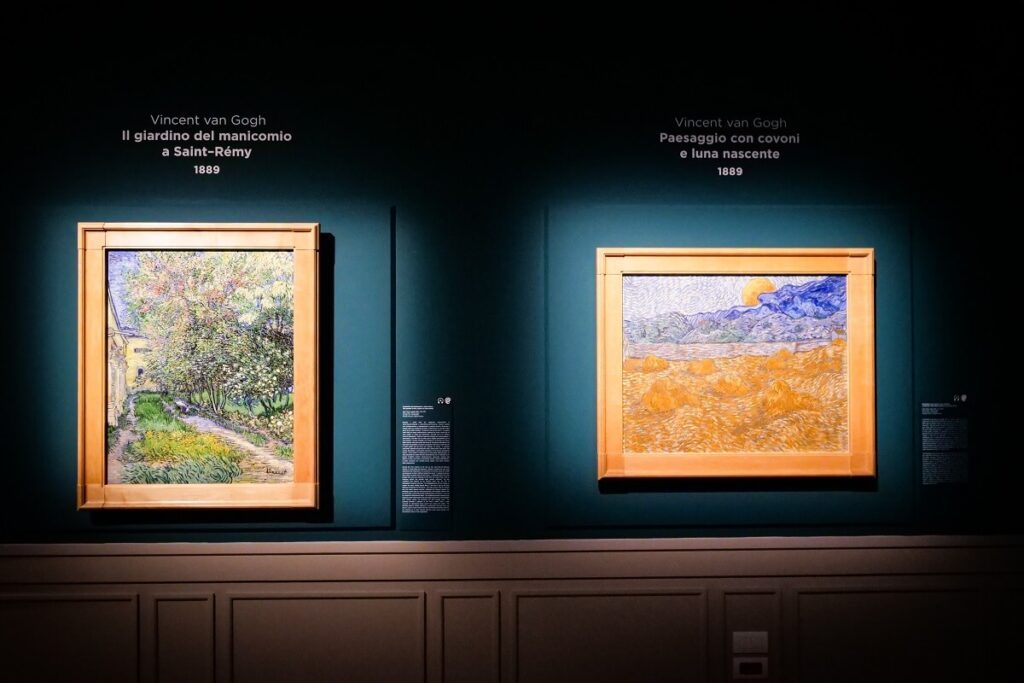
Until 7 May 2023
PALAZZO BONAPARTE
Piazza Venezia 5, Roma
Opening times: Mon-Fri 9am-7pm, Sat-Sun 9am-9pm
Tickets: Full 18 € – Reduced 16€


